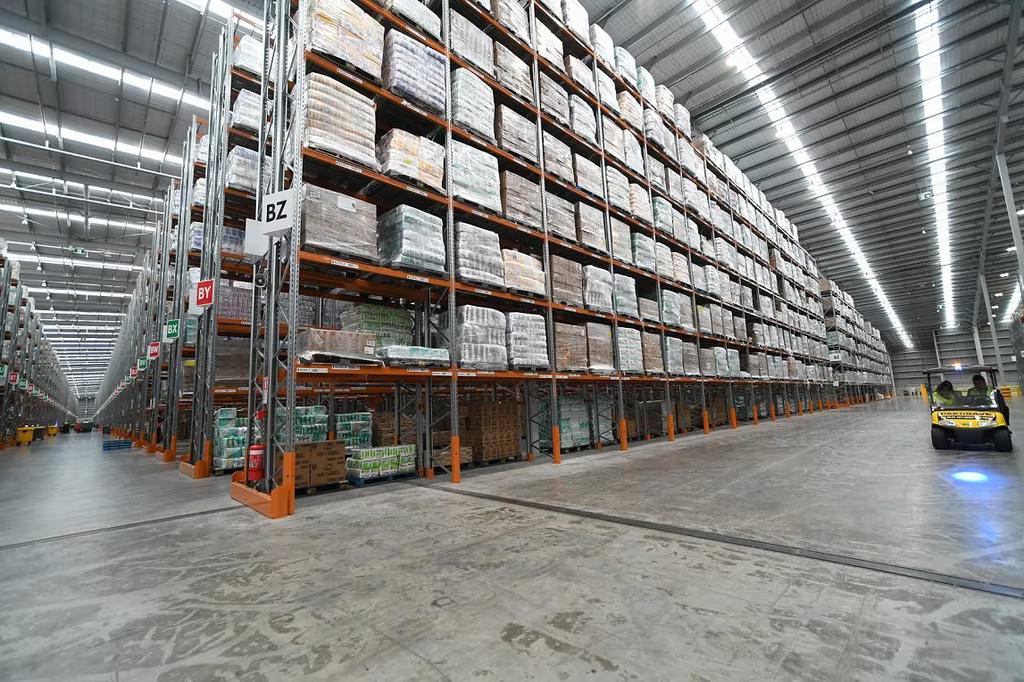
Media Release: Costs from grocery suppliers to supermarkets increase 6.6%pa in August
Supplier cost increases, from suppliers to supermarkets, continued in August 2023, but the pace of growth continues to slow on an annual basis. The Infometrics-Foodstuffs New Zealand Grocery Supplier Cost Index (GSCI) shows a 6.6%pa increase in what suppliers charged supermarkets for goods in August 2023 compared to a year ago.
“August saw a further moderation in the pace of annual increases from suppliers to supermarkets,” says Infometrics Chief Executive and Principal Economist Brad Olsen. “But the monthly increase, despite being the smallest so far in 2023, is still around triple the average seen before cost increases started to accelerate, with recent trend growth of around 4%pa now looking like a possible “new normal”.”
The Infometrics-Foodstuffs New Zealand Grocery Supplier Cost Index (GSCI), commissioned by Foodstuffs New Zealand, measures the change in the cost of grocery goods charged by suppliers to the Foodstuffs North Island and South Island cooperatives. The Index utilises detailed Foodstuffs NZ data across over 60,000 products Foodstuffs buys to stock in store, making it the largest dataset of its type in New Zealand, to give a real-time view on supplier cost changes.
Every month, the Index tracks what it costs supermarkets to buy the goods to put on the shelf. Previous analysis shows that supplier costs are the major component of supermarket prices, representing two-thirds of the on-shelf price.
“Some more normalcy seems to be coming into supplier cost changes, with some more usual seasonal falls occurring, and fewer continued large increases in the produce department,” says Mr Olsen.
Supplier costs rose again across the board in August from July, although the pace of annual increases moderated further. “Frozen foods saw the largest monthly increase in supplier costs, which pushed the department into having the highest annual rise. Flat produce costs in the August month means that produce costs on an annual basis rose 8.5%pa, the slowest annual rise since February 2022, although broccoli, potatoes, and lettuce costs rose further. Groceries were up too, driven by higher pet food and sauce costs.”
Just under 4,000 items increased in cost in the August month, still considerably higher than the roughly 2,500 items that rose in cost in August 2020. “A larger proportion in August 2023 were for monthly cost increases of above 20% - 8.3% of all cost changes in August 2023 compared to 6.8% in August 2020. But August 2023 also had a larger number of smaller (0-20%) cost decreases, with 19% of monthly cost changes being for this group in August 2023, compared to 12% in August 2020.”
“However, external factors, including a further burst of higher transport costs, and some reacceleration of domestic input cost growth, reinforces concerns that inflationary pressures may stabilise at a lower, but still high, rate, which will keep pressure on supplier costs generally across the supply chain,” says Mr Olsen.
ENDS
Note:
The Infometrics-Foodstuffs New Zealand Grocery Supplier Cost Index (GSCI), commissioned by Foodstuffs New Zealand, measures the change in the cost of grocery goods charged by suppliers to the Foodstuffs North and South Island cooperatives.
The Index utilises detailed Foodstuffs NZ data, across over 60,000 products, analysed by independent economics consultancy Infometrics to produce the GSCI and publish it on a monthly basis. For more details see www.infometrics.co.nz/product/grocery-supplier-cost-index.









